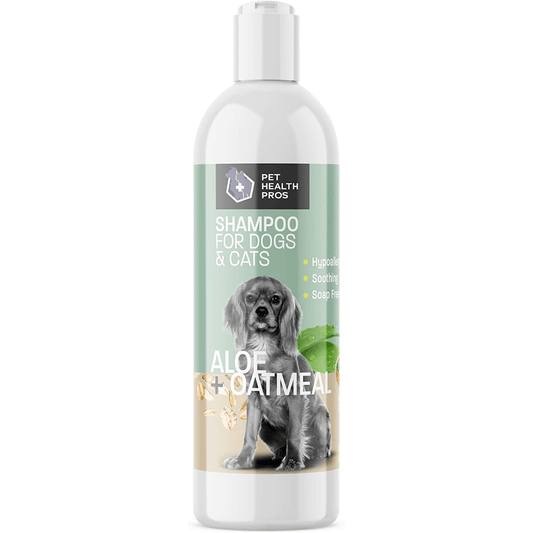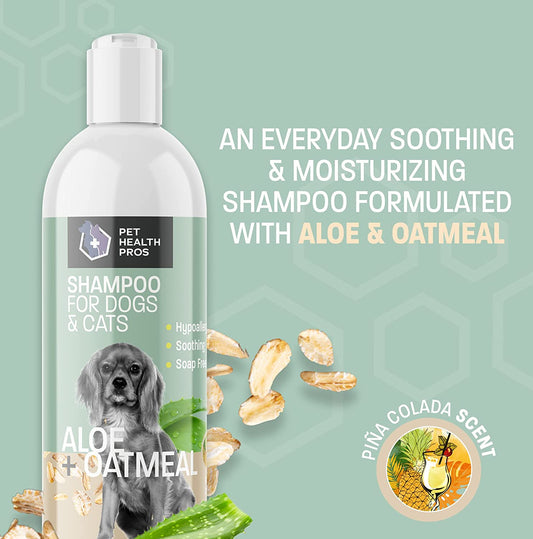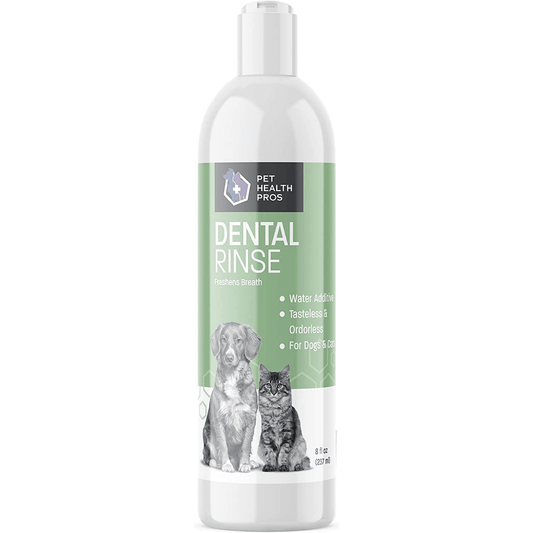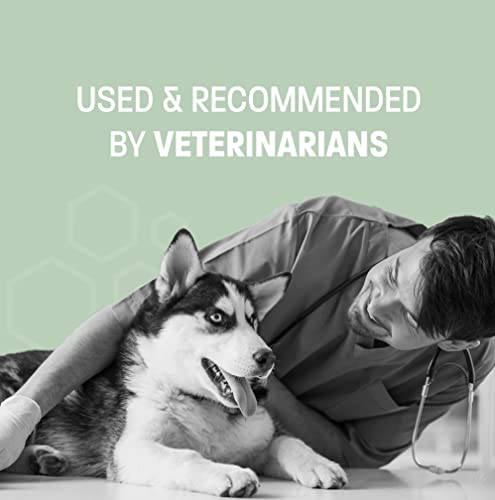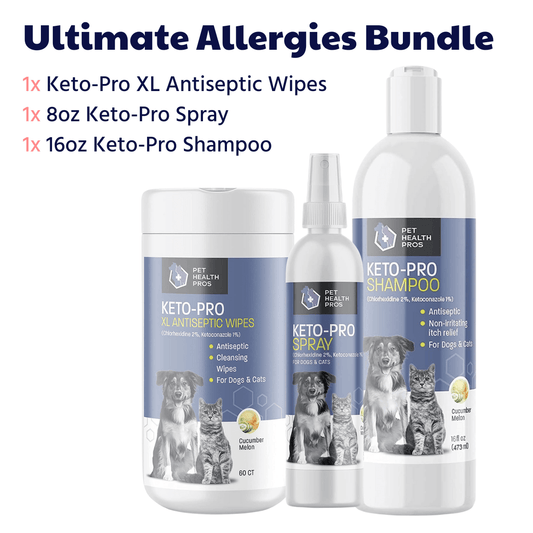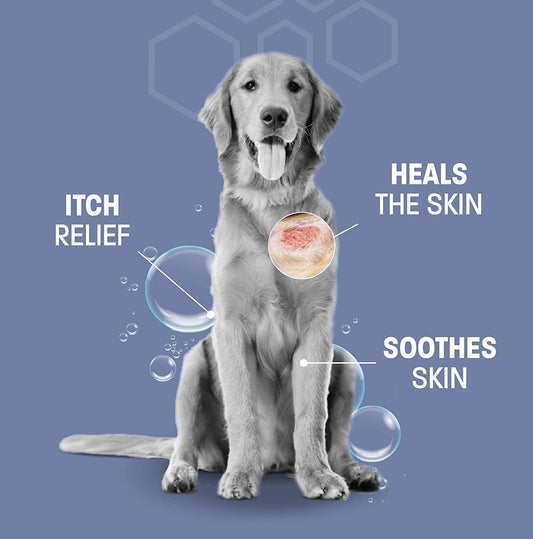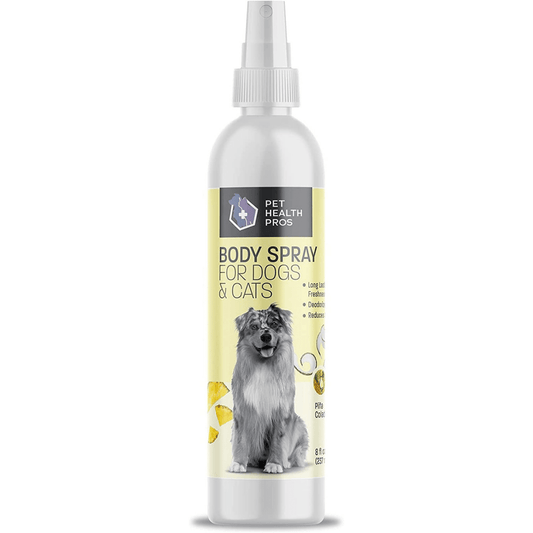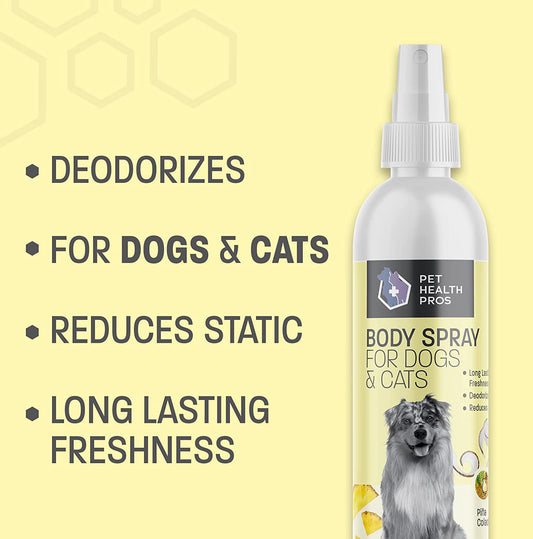Building a website for your vet practice? It's more important than ever in 2024. A good website is like your digital front door. It's where pet owners learn about your services, book appointments, and get a feel for your practice. With more people relying on the internet for everything, having a solid online presence isn't just a bonus—it's a must. Let's dive into how you can make your vet website both effective and welcoming.
Key Takeaways
- A website is crucial for your vet practice's online presence in 2024.
- User-friendly design and mobile responsiveness are essential.
- Regularly updating content helps with engagement and SEO.
- Technology like online scheduling and telemedicine can enhance your site.
- Security and compliance are vital to protect client data.
Understanding the Importance of Vet Websites
Why Vet Websites Matter in 2024
In 2024, having a website for your veterinary practice is not just a luxury—it's essential. A well-crafted site acts as a digital front door, welcoming clients and providing them with vital information about your services. Pet owners today are more tech-savvy, often searching online before making decisions about their pet's healthcare. A strong online presence helps build trust and credibility, making it easier for potential clients to find and choose your practice.
The Role of a Vet Website in Client Engagement
A vet website serves as a powerful tool for engaging with clients. It offers a platform where clients can access valuable resources, schedule appointments, and even interact with your team. Features like blogs, FAQs, and newsletters keep clients informed and connected. By fostering this digital relationship, you enhance client loyalty and satisfaction, which is crucial for maintaining a thriving practice.
How a Website Reflects Your Veterinary Practice
Your website is a reflection of your veterinary practice's values and quality of care. It's an opportunity to showcase your expertise, facilities, and the compassionate care you provide. A well-designed site with clear information and professional aesthetics can set you apart from competitors. It's important to ensure your website accurately represents your practice, as this can significantly influence a pet owner's decision to choose your services.
"A vet website is more than just a digital brochure—it's a bridge that connects you to your clients, providing them with the information and reassurance they need in their pet care journey."
By investing in a user-friendly and informative website, you're not only enhancing your practice's visibility but also strengthening the trust and relationship with your clients. For more insights on pet care, consider exploring essential aspects of pet ownership to better understand how to support your clients' needs.
Designing User-Friendly Vet Websites
Key Elements of User-Centric Design
Creating a vet website that users find easy to navigate and engaging is all about focusing on their needs. Think about what pet owners are looking for when they visit your site. They want quick answers, easy access to services, and a welcoming feel. Here are some key elements you should consider:
- Clear Navigation: Make sure your menu is simple and intuitive. Pet owners should find what they need without digging through layers of pages.
- Consistent Layout: Use a consistent design throughout the site to make it feel cohesive and professional.
- Engaging Visuals: Photos of your team, happy pets, and your clinic can make the site feel more personal and inviting.
Ensuring Mobile Responsiveness
In 2024, more people are using their phones to browse the web than ever before. If your vet website doesn’t look good on a phone, you’re missing out. Mobile responsiveness isn't just a nice-to-have; it's a must-have. Here’s how to ensure your site is mobile-friendly:
- Responsive Design: Use a design that automatically adjusts to fit any screen size.
- Fast Load Times: Ensure your site loads quickly on mobile devices to keep visitors from bouncing.
- Simplified Menus: Mobile users benefit from streamlined menus that make navigation easy.
Incorporating Accessibility Features
Accessibility is about making sure everyone, including people with disabilities, can use your site. It’s not just a legal requirement; it’s the right thing to do. Here are a few ways to make your vet website accessible:
- Alt Text for Images: Provide descriptions for images so that screen readers can convey the information to visually impaired users.
- Keyboard Navigation: Ensure that all parts of your site can be accessed using a keyboard, not just a mouse.
- Readable Fonts: Choose fonts and colors that are easy to read for all users.
Designing a website with the user in mind not only improves their experience but also reflects positively on your veterinary practice. A user-friendly site can set you apart from competitors and show clients that you care about their needs.
Content Strategies for Vet Websites
Creating Engaging and Informative Content
Crafting content for a vet website isn't just about filling pages with text; it's about creating a connection with pet owners. Engaging content can transform casual visitors into loyal clients. Consider these steps:
- Know Your Audience: Understand what pet owners are looking for. Are they seeking advice on pet health, or looking for a vet clinic nearby?
- Educational Posts: Write about common pet issues, like the importance of proper pet care, to provide value to your readers.
- Visual Elements: Use images and infographics to break up text and make complex information more digestible.
Utilizing SEO Best Practices
To make your website visible, implementing SEO strategies is vital. Here’s how you can do it:
- Keyword Research: Identify the terms pet owners use when searching for vet services.
- On-Page SEO: Include keywords naturally in titles, headers, and descriptions.
- Backlinking: Connect with other pet-related sites to improve your site's authority.
The Importance of Regular Content Updates
Keeping your content fresh is key to maintaining engagement. Regular updates not only improve SEO but also keep your audience informed:
- Seasonal Tips: Share advice relevant to the time of year, like tick prevention in summer.
- Clinic News: Update your audience on any changes in clinic hours or new services.
- Blog Posts: Regularly publish articles about new treatments or pet care tips.
Regular content updates show that your practice is active and committed to providing the best care for pets. They also help in building trust with your audience, showing that you are current with veterinary trends and practices.
Integrating Technology in Vet Websites
Online Appointment Scheduling Systems
In today's fast-paced world, pet owners appreciate the convenience of booking appointments online. A vet website with a built-in scheduling system can streamline this process. Clients can choose available slots, reducing phone calls and making it easier for staff to manage appointments. Implementing an online scheduling system not only saves time but also enhances client satisfaction. Consider these features when choosing a scheduling system:
- Real-time availability updates
- Automatic reminders via email or SMS
- Integration with existing practice management software
Telemedicine and Virtual Consultations
Telemedicine is becoming a game-changer in veterinary care. It allows vets to consult with pet owners remotely, offering advice and treatment plans without the need for an in-person visit. This can be particularly useful for follow-up consultations or minor health concerns. Virtual consultations can also help vets reach clients in distant locations, expanding their service area.
Utilizing AI for Enhanced User Experience
Artificial Intelligence (AI) is transforming how vet websites operate by offering personalized experiences to users. AI can assist in diagnosing symptoms through online tools, providing tailored content based on user behavior, and even managing client queries through chatbots. Platforms like Pet Genius offer AI-driven support, focusing on personalized care and timely health reminders, which can significantly improve the pet ownership experience.
Integrating these technologies into your vet website not only modernizes your practice but also aligns it with the expectations of tech-savvy pet owners. It's about making veterinary care more accessible and efficient, ensuring that pets receive the best possible attention.
Marketing Your Vet Website Effectively
Leveraging Social Media for Promotion
Social media isn't just for selfies and memes anymore—it's a powerhouse for reaching pet owners. Engaging with pet lovers on platforms like Instagram and Facebook can boost your practice's visibility. Share stories, post pictures of happy pets, and even run contests to get people talking. A few tips to get started:
- Post consistently to keep your audience engaged.
- Use hashtags to increase your reach.
- Engage with your followers by responding to comments and messages.
Email Marketing Strategies for Vets
Email might seem old school, but it's still a great way to stay in touch with clients. Regular newsletters can update pet owners about new services, health tips, or special offers. Here's how you can make your emails work:
- Segment your email list to send targeted messages.
- Personalize your emails to make them more relevant.
- Include a clear call-to-action to encourage bookings or visits.
Building a Strong Online Presence
Your website is the digital face of your practice. To make it stand out, focus on creating a professional and informative site. Here's what to consider:
- Ensure your site is easy to navigate.
- Provide detailed information about your services.
- Optimize for search engines to improve visibility.
Building a strong online presence isn't just about having a website; it's about creating a hub where pet owners can find everything they need to know about your practice. It's the first step in choosing a veterinarian who collaborates with pet owners to develop personalized care plans.
By using these strategies, you can effectively market your vet website and attract more clients.
Ensuring Security and Compliance
Protecting Client Data and Privacy
In today's digital world, keeping your clients' data safe is a must. Veterinary websites need to prioritize data protection to maintain trust and meet legal standards. Start by using encryption to protect sensitive information like client details and payment data. Regularly update your software to fix any security gaps. Additionally, consider using firewalls and antivirus programs to add an extra layer of protection.
- Encrypt client information, especially during transactions.
- Regularly update all software to patch vulnerabilities.
- Use firewalls and antivirus software to prevent unauthorized access.
Maintaining data privacy is not just about compliance; it's about building trust with your clients.
Understanding Legal Requirements for Vet Websites
Compliance with laws like GDPR or CCPA is essential for any business handling personal data. These laws dictate how you collect, store, and use client information. Make sure your website has a clear privacy policy that explains how you handle data. Also, get explicit consent from users before collecting any personal information.
| Requirement | Description |
|---|---|
| Privacy Policy | Clearly state how client data is used and stored |
| User Consent | Obtain explicit consent before data collection |
| Data Breach Plan | Have a strategy in place for potential breaches |
Implementing Secure Payment Systems
Offering secure payment options is crucial for any vet website. Use reputable payment gateways that comply with PCI DSS standards to ensure transactions are safe. This not only protects your clients but also safeguards your practice from potential fraud. Make sure to display trust badges from your payment providers to reassure clients of their security during transactions.
- Choose payment gateways that are PCI DSS compliant.
- Display security badges to build client confidence.
- Regularly audit your payment systems to ensure ongoing security.
By focusing on these aspects, your veterinary website can create a safe environment for your clients, similar to how you would pet-proof a home.
Analyzing and Improving Website Performance
Using Analytics to Track User Behavior
Understanding how visitors interact with your vet website is key to its success. Analytics tools like Google Analytics provide insights into user behavior, showing which pages attract the most attention and where visitors drop off. By setting up goals and tracking conversions, you can see how effectively your site meets its objectives. Consider using heatmaps to visualize user interactions and identify areas for improvement. Regularly reviewing these metrics will help you make informed decisions that enhance your site's performance.
Improving Load Times and Site Speed
A slow-loading website can frustrate users and lead to higher bounce rates. To keep your visitors engaged, focus on optimizing load times. Compress images, use browser caching, and minimize JavaScript to speed up your site. Content Delivery Networks (CDNs) can also distribute your content more efficiently. Fast load times not only improve user experience but also boost your search engine rankings, making your site more visible to potential clients.
A/B Testing for Continuous Improvement
A/B testing is a powerful technique for refining your website. By comparing two versions of a page, you can determine which one performs better in terms of user engagement and conversions. Start with small changes, like altering headlines or call-to-action buttons, and measure the impact on user behavior. Over time, these incremental improvements can significantly enhance your website's effectiveness.
Regular analysis and optimization of your vet website can lead to better engagement and increased client satisfaction. Keeping an eye on performance metrics ensures your site remains a valuable resource for pet owners seeking essential care tips.
If you want to make your website faster and better, start by checking out our tips! Visit our site for easy ways to boost your website's performance and keep your visitors happy. Don't wait—improve your site today!
Wrapping It Up
Creating a vet website that really works isn't just about making it look nice. It's about making sure pet owners can find what they need quickly and easily. From clear info on services to easy appointment booking, every detail counts. As we move into 2024, remember to keep things simple and user-friendly. Stay updated with the latest tech trends, but don't forget the basics. A good website is like a friendly face for your clinic online. So, take the time to get it right, and you'll see the benefits in happy clients and healthy pets.
Frequently Asked Questions
Why are vet websites important in 2024?
Vet websites are crucial in 2024 because they help connect pet owners with veterinary services, provide important information, and allow for easy appointment scheduling.
How can a vet website improve client engagement?
A vet website can improve client engagement by offering interactive features, such as online appointment booking, chat support, and informative content about pet care.
What should be included in a user-friendly vet website design?
A user-friendly vet website should have easy navigation, clear information, mobile responsiveness, and accessible features for all users.
Why is regular content update important for vet websites?
Regular content updates keep the website fresh, improve search engine rankings, and provide pet owners with the latest information and tips on pet care.
How can technology be integrated into vet websites?
Technology can be integrated into vet websites through online appointment systems, telemedicine for virtual consultations, and AI tools to enhance user experience.
What are some effective marketing strategies for vet websites?
Effective marketing strategies include using social media, email marketing, and building a strong online presence to attract and retain clients.


